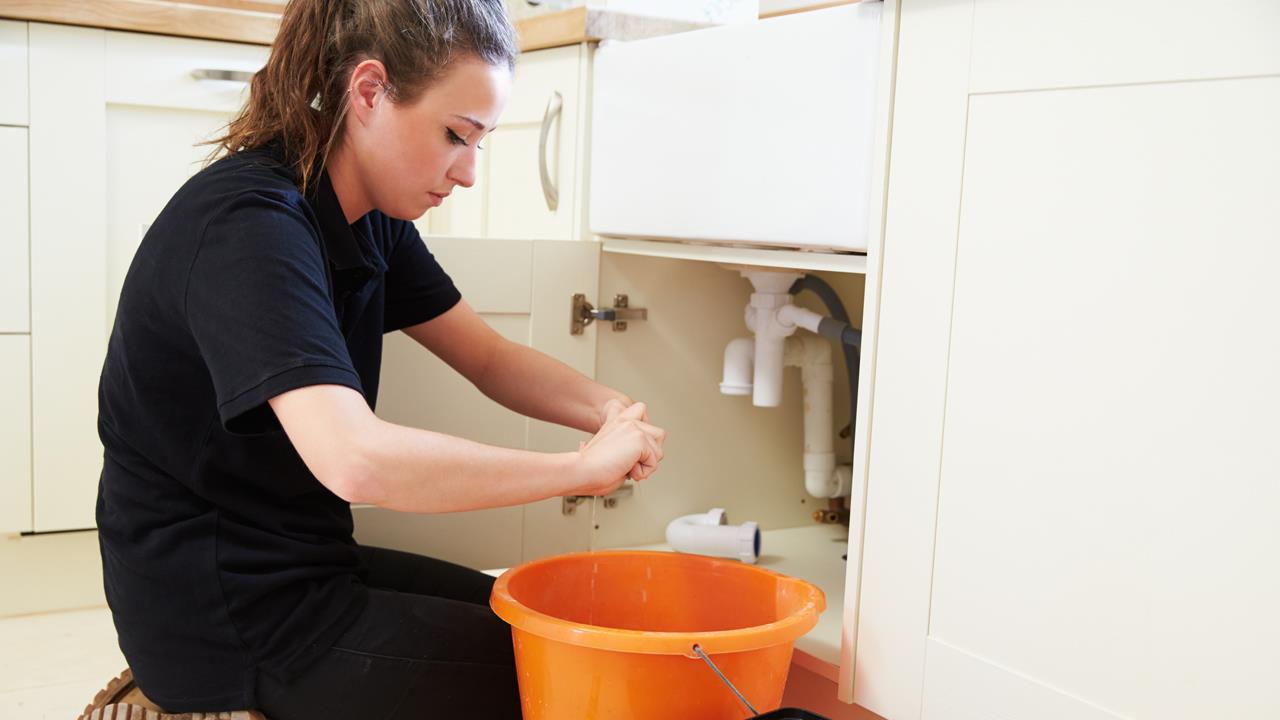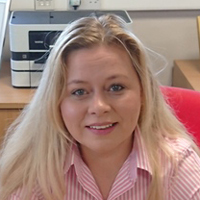


Jacqueline Gallazzi-Ritchie, Director of All England Gas, offers her perspective on how we can encourage more women into the heating and plumbing industry.
Over the past 10 years, my office team has always been roughly 50% male and 50% female. Where suitably qualified, female engineers are available in my company and I consider them equally to their male counterparts when awarding work. However, out in the field, we only have one female drainage engineer.
Drainage engineering has been typically male dominated in the past, but so have many jobs. While progress in the form of equality seems to be happening across other industries, there doesn't seem to be much change happening when it comes to heating and plumbing.
What's the problem?
At school level, the number of girls and boys studying STEM subjects, such as science and computing, is similar up until A Level. It is when you look at STEM subjects in higher education that the figures drastically change, as only 19% of girls versus 40% of boys choose to study them further.
Essentially, the figures indicate that girls are interested in STEM subjects until they start thinking about their careers. The reason they're not choosing to pursue these fields could be due to lack of support — teachers and careers advisors could not be encouraging them into these kinds of positions enough, for example.
Or it could be due to societal perceptions of these jobs being exclusively 'for men', so they don't even consider them as an option in the first place. Whatever the reason, there is a distinct lack of female plumbing and heating engineers at present.
The impact of this is that women are missing out on great career opportunities, either due to social stigma or lack of encouragement. Plumbing and heating engineers benefit from flexible hours, an important factor for many women, as well as a very decent salary. Plus, the industry is heavily regulated, so job security is high.
The industry, too, could be missing out on some great candidates. While some people may be concerned about 'box ticking' — employing female candidates over male candidates in order to fill a quota — the fact is that there is a shortage of heating and plumbing engineers in the UK. In fact, the Gas Safe Decade Review expressed concerns about an aging workforce, as nearly half their engineers are approaching retirement age within the next 10 years. If more women were to join the workforce, this could be less of an issue.
How can we make a difference?
One of the best things we can do is encourage young women to pursue these STEM careers that they clearly have an interest in. As a plumbing and heating business, you should attend school career days or ask to facilitate workshops to educate students on the opportunities available for women at your company.
This should help to solve the problem of lack of encouragement early and convince young women, as well as their teachers and careers advisors, to take plumbing and heating seriously as a career.
If your leaflets, posters, and other promotional materials are full of images of male plumbers, job-hunting women will be more likely to think that the company isn't for them. Even if they are qualified to apply, they may have concerns about how they will be treated as the only woman in a male-dominated company.
So, it's also important that women are represented in your branding. Make the female employees you have more visible in your social media campaigns too, to show that women can and do have a place in your company.
Young girls shouldn't be put off from a career in plumbing and heating if they're worried about how they will be treated, or if they think they won't be accepted if they apply. Women should be encouraged to join the plumbing and heating industry as, while men do currently dominate it still, there are plenty of opportunities here.
The industry needs more engineers, and women want well paid, flexible jobs with good security. So, it makes sense to encourage young women who are interested in STEM subjects to pursue careers in plumbing and heating through education and marketing.
If you'd like to keep up-to-date with the latest developments in the heating and plumbing industry, why not subscribe to our weekly newsletters? Just click the button below and you can ensure all the latest industry news and new product information lands in your inbox every week.